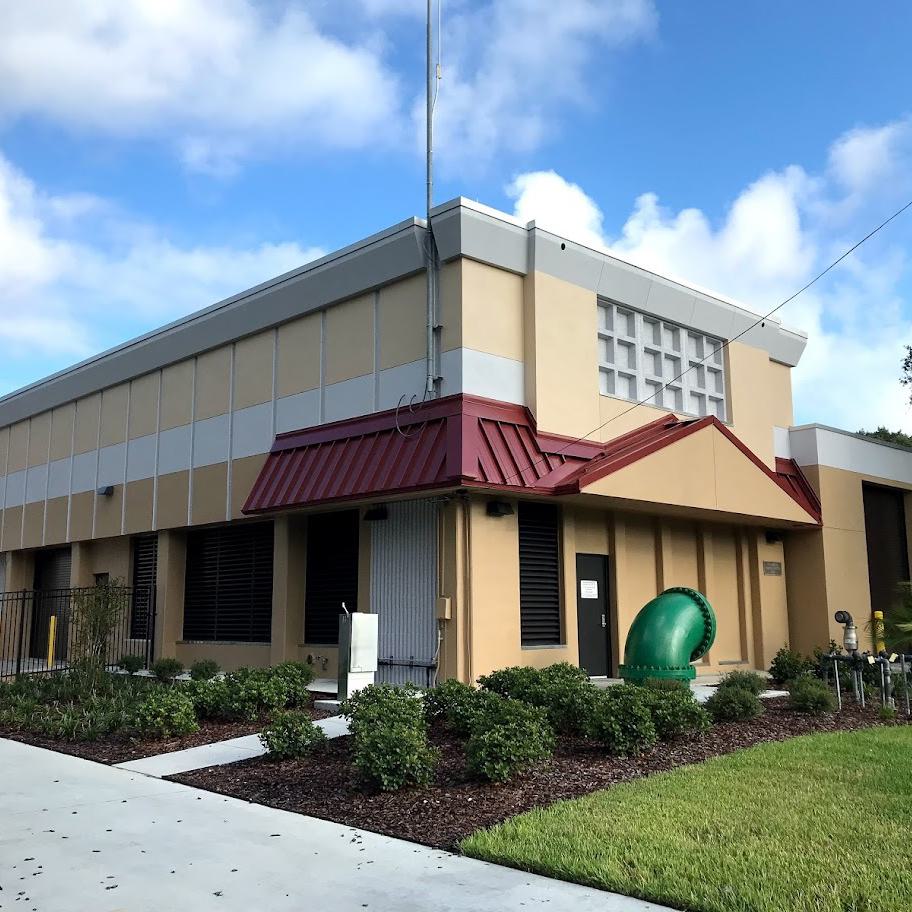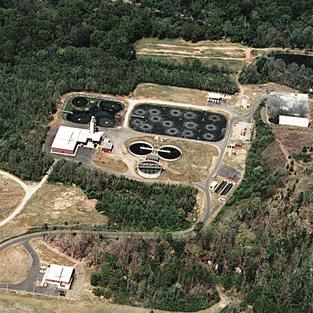Basin-Wide Framework for Drought Forecasting and Planning in the Chesapeake Bay Region
Hazen and Sawyer worked closely with the Susquehanna River Basin Commission to expand and upgrade their existing OASIS water supply system simulation model. Hazen provided substantial upgrades to the model, including to the consumptive use record; reservoir conservation releases and pass-by flows; the long-term hydrologic record; and operating policies.
Hazen further provided training for SRBC modeling staff in using the new version of the OASIS graphical user interface (GUI) and continues to provide on-call support to planning and modeling staff.
Current and planned applications include using the model to evaluate impacts on water quantity, water quality, and the aquatic environment for pending reservoir reallocation proposals, consumptive use permitting, drought exercises, and ongoing negotiations to increase Baltimore’s out-of-basin water supply allocation.

Under a parallel, NOAA-funded effort, Hazen developed a Drought Planning Tool (DPT) for the Susquehanna River Basin in collaboration with the University of Massachusetts Amherst, the Susquehanna River Basin Commission (SRBC), and the City of Baltimore. The DPT is based on the aforementioned OASIS model and serves as a framework for developing and applying quantitative drought predictions for regional-scale drought planning, focused on early warning triggers for proactive drought impact mitigation measures. Forecasts are produced by a water supply system simulation model with common hydrologic and climatological indicators as input.
This effort supported NOAA’s National Integrated Drought Information System (NIDIS) program by serving as a template for utilities to improve their drought projection and response capabilities and identifying improvements in drought prediction products that could lead to more robust drought anticipation and response by the consumers of NIDIS products. For the Susquehanna River Basin, the DPT serves as a framework for developing and applying quantitative drought predictions for utility and stakeholder planning, focused on early warning triggers for proactive drought impact mitigation measures.

Drought indices that were considered as part of this effort included traditional indicators such as reservoir elevations, stream flows, and the Palmer Drought Severity Index; non-traditional indicators such as satellite remote sensing products and logistic regressions of winter stream flows versus summer low flows; and forecast-informed indices including days of storage remaining. Integration of various National Weather Service ensemble forecast products was evaluated for improvement in the skill and utility of drought predictions. Use of the DPT was demonstrated by a set of case studies for the water supplies of the City of Baltimore, Capital Region Water (Harrisburg, PA), and York Water (PA). Potential improvements to current drought contingency plans were explored, focusing on alternative triggers and operation-al responses, as well as consideration of future supplemental supply sources or modifications to regulatory requirements (e.g. environmental releases, permitted withdrawal allocations).
The final Drought Planning Tool is housed and maintained by the SRBC and serves as the analytical framework for quantitative drought planning in the Basin. Expected uses include annual drought exercises, support for withdrawal applications, evaluation of environmental impacts, and evaluation of consumptive use mitigation sources across the Basin. The project also included a series of regional workshops and a final report that offers guidance for use of drought indices and system modeling tools in the wider Mid-Atlantic and Northeast regions.

Project Outcomes and Benefits
- Delivered a Susquehanna River Basin Drought Planning Tool to the Susquehanna River Basin Commission (SRBC).
- Demonstrated use of the Tool with multiple case studies for utilities in the region.
- Developed a dashboard, using Microsoft’s Power BI, to provide simulation results analysis capabilities for the SRBC and other tool users.





















